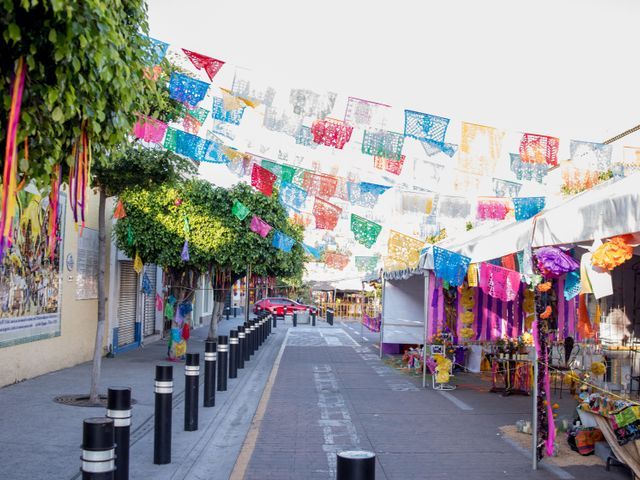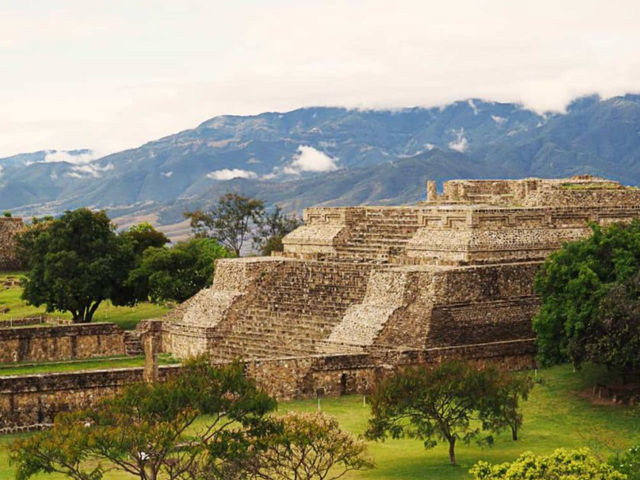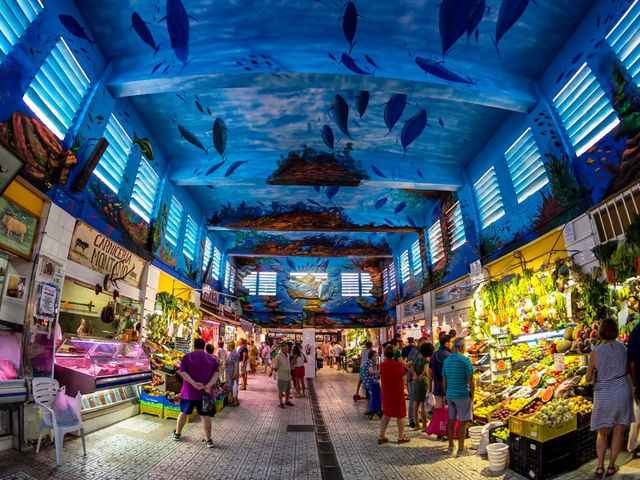Why Oaxaca Is Mexico’s Cultural Adventure Capital
Oaxaca is where Mexico’s traditions stay alive — in its markets, its festivals, and its people. Nestled in the Sierra Madre mountains, it’s a city and region known for vibrant folk art, smoky mezcal, and one of the world’s most iconic celebrations: Día de los Muertos. A week here isn’t just a vacation; it’s an immersion into color, ritual, and living history.

Who This Trip Is Perfect For
- Adventurous travelers eager to blend culture, food, and craft.
- Festival seekers timing their trip around Day of the Dead prep.
- Artists & makers inspired by Oaxaca’s woodcarvers, weavers, and potters.
- Cultural explorers who want deeper storytelling alongside sightseeing.
Tips for Planning Your Oaxaca Adventure
- Best Time to Visit: October is prime, with Day of the Dead preparations in full swing. Spring (March–May) offers festivals like Guelaguetza without the cool mountain evenings.
- Getting Around: Walk Oaxaca City; hire local guides or drivers for day trips to villages.
- Language Note: Spanish is dominant, but many artisans speak Zapotec or Mixtec. Respect local traditions when visiting workshops.
- Food Musts: Tlayudas (giant Oaxacan tortillas), mole in its many varieties, and a mezcal tasting flight.
- Packing: Comfortable walking shoes for cobblestones, layered clothing for cool evenings, and room in your bag for handmade crafts.
7-Day Oaxaca Itinerary: Color, Craft & Celebration
Day 1 – Oaxaca City Arrival
Explore the Zócalo (main square), visit Santo Domingo Church, and stroll beneath papel picado banners. Dinner at a traditional cocina with mole negro.
Day 2 – Markets & Mezcal
Spend the morning at Mercado Benito Juárez for spices, textiles, and local snacks. Afternoon: join a mezcal tasting at a palenque just outside the city.

Day 3 – Folk Art Villages
Day trip to San Martín Tilcajete for alebrijes (colorful wood carvings) and San Bartolo Coyotepec for black pottery. Meet artisans in their home workshops.
Day 4 – Monte Albán & Ancient Roots
Tour the ruins of Monte Albán, once a Zapotec capital, with panoramic views of the valley. Afternoon free for a café break or rooftop mezcal cocktail.

Day 5 – Textiles & Village Life
Head to Teotitlán del Valle, where Zapotec weavers dye wool with cochineal and indigo. Learn about family workshops passed down through generations.
Day 6 – Day of the Dead Prep
Join locals at markets like Mercado de Abastos, filled with marigolds, sugar skulls, and pan de muerto. Some villages host early comparsas (street parades).
Day 7 – Farewell Rituals
Spend your last day wandering Oaxaca’s galleries, tasting street food, and soaking in the energy before Day of the Dead officially begins.

Did You Know?
- Oaxaca is home to 16 recognized indigenous groups, each with their own language and craft traditions.
- Alebrijes, Oaxaca’s famous painted creatures, were originally born from a dream in the 1930s.
- Marigolds (cempasúchil) are called “the flower of the dead,” guiding spirits back with their scent.
How Airial Makes Oaxaca Easy
Markets, villages, ancient ruins — Oaxaca offers endless options, and it’s easy to feel overwhelmed. Airial helps you balance city days, village visits, and festival prep into a seamless flow, so you don’t miss the cultural heartbeat of the region.
